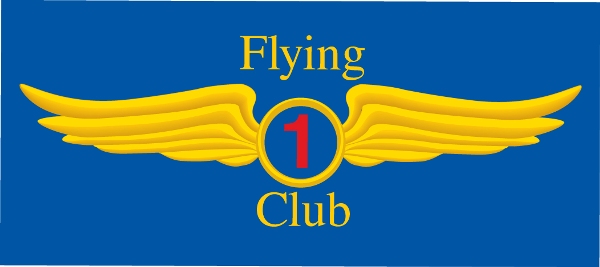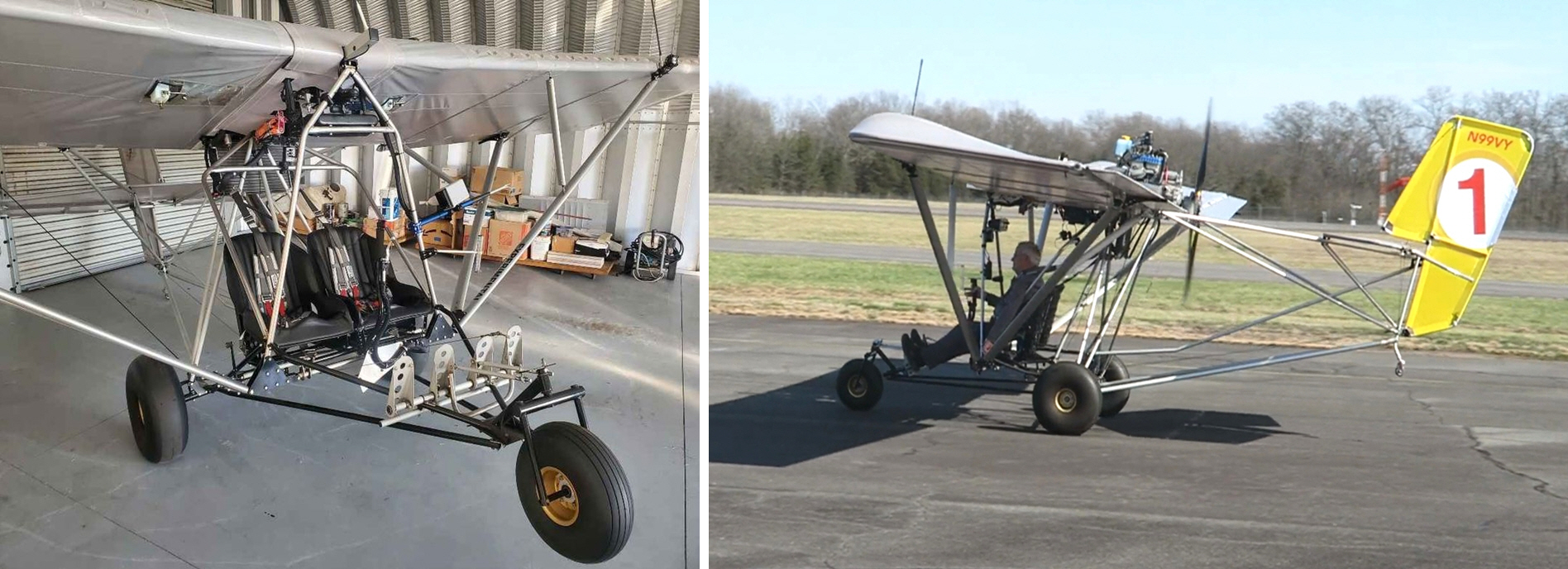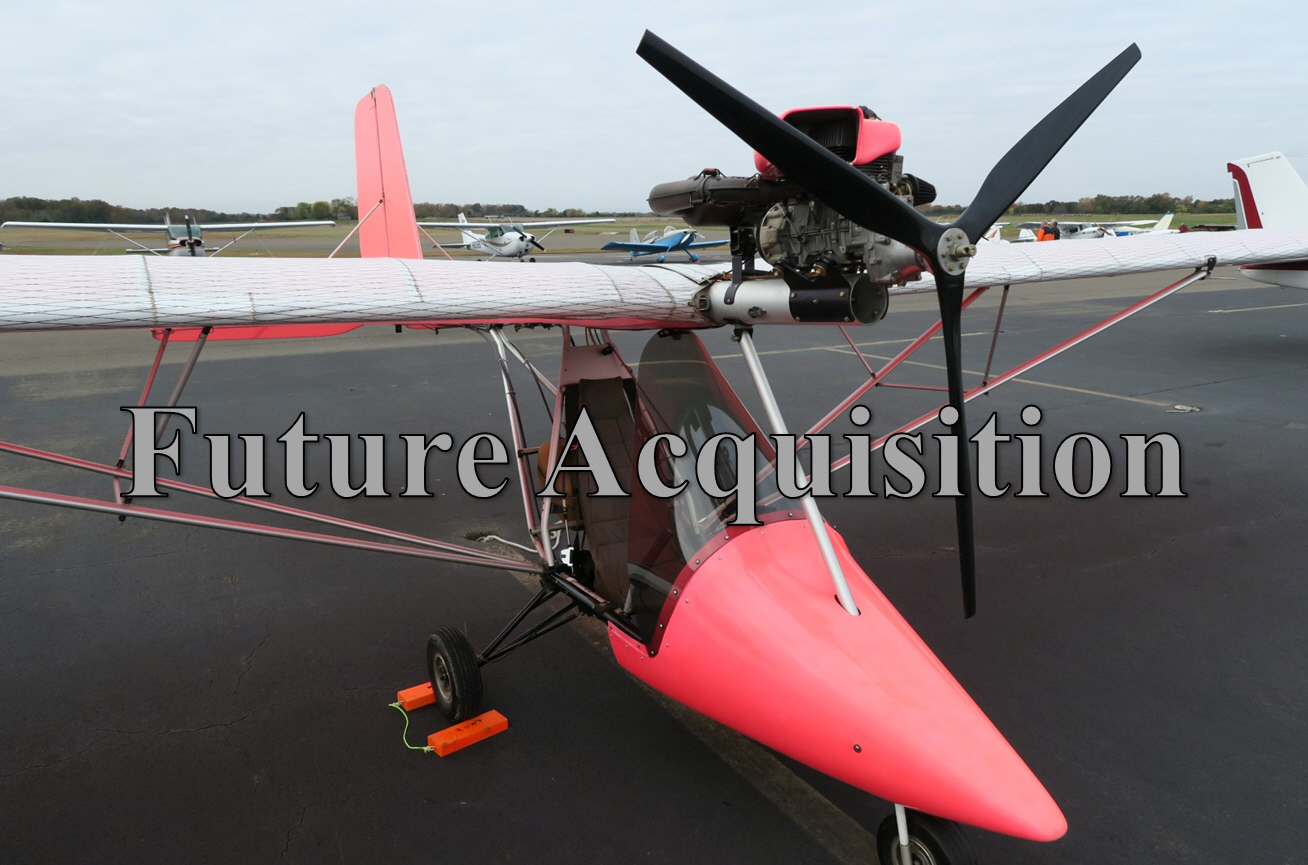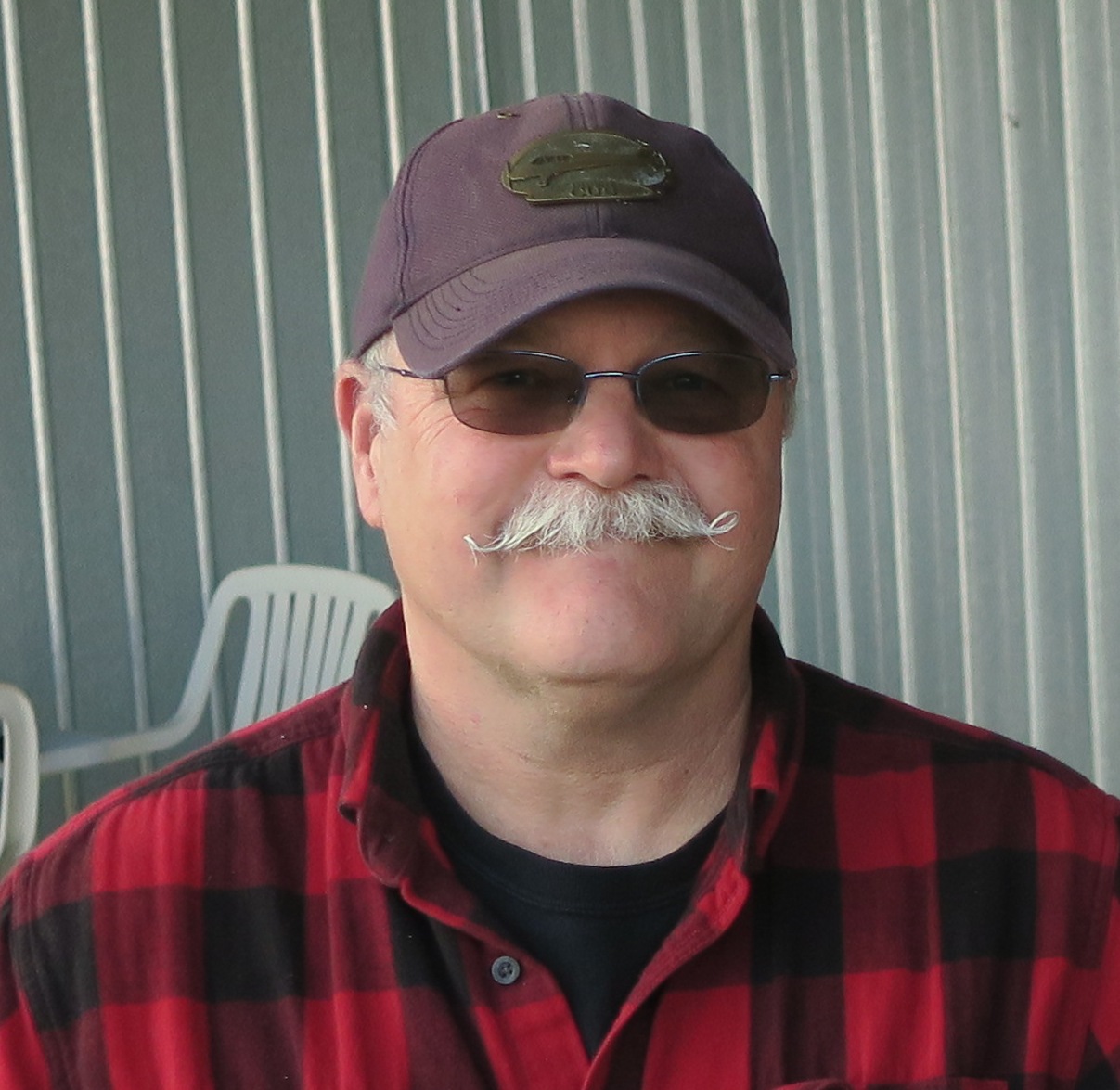
|
|---|
| Our Organization |
|
Home Events & Meetings Members & their Aircraft Join or Renew Fly Our Airplanes Volunteer Sign-up Sheet Contact Us |
| Gallery |
|
Gallery |
| Getting Started |
|
How to Get Started Sharpen Your Dream Become a Flying Member Instructors & Demo Flights |
| Flying in Northern VA |
|
Northern VA Airfields Airfields with Restaurants Poker Runs The Ambassador Program Video: Club 1 PPGs Video: Club 1 Trike PPGs |
| Weather |
|
USAirnet Wunderground Windy Virginia Weather Stations Historical Wind Speeds |
| Flight Planning |
|
SkyVector iFlightPlanner AirNav (airports) NOTAMs |
| Resources |
|
Instructors Stories Past Newsletters Bylaws and Budget Other Clubs Other Resources Liability Departed Members |
|
This website is supported by a gift in honor of Ed Lynch Site maintained by Flying |
Fly Our Airplanes
After 40 years as a purely social club, Flying Club 1 bought its first airplane in 2023. We aim to become a door through which new and younger pilots can get into aviation.
- Some may train for an FAA Sport Pilot license in our airplane, perhaps later moving on to a Private license.
- Others may plan to fly only ultralights, and so want instruction in an airplane that flies like an ultralight.
1. Our Airplanes
M-Squared Breese 2 N99VY
This is our trainer. It’s a beefier, strut-braced version of the popular Quicksilver. Though it is not an ultralight, the Breese has the low mass and high drag typical of ultralights. This makes it a good trainer for pilots aiming in that direction. It also delivers that out-in-the-wind experience that we light flyers love.
We hangar it at the Culpeper Airport (KCJR) in Northern Virginia.

Our Breese, N99VY, is almost new and was built extra-tough, with a stainless steel cage and chrome-moly axles. We maintain it to the highest standard. It’s certificated as an Experimental Light Sport Aircraft (ELSA). When you join the Club you become a co-owner of the plane. Since it’s your own plane, an instructor can teach you to fly in it.
You will probably not be flying to the Outer Banks in the Breese (although you could ). But Northern Virginia is chockablock with grass airfields, airport restaurants, and fly-ins. Plus, it’s drop-dead beautiful from the air. Here’s the performance of the plane.
| Breese LSA | Flightstar ultralight | |
|---|---|---|
| Cruise speed | 69 mph | 55 mph |
| Fuel capacity | 16 gallons | 5 gallons |
| Burn rate @ 75% power | 5.6 gal/hr | 3.3 gal/hr |
| Range (with ½-hr reserve) | 176 statute miles | 82 statute miles |
| Endurance (with ½-hr reserve) | 2:20 hours | 1:30 hours |
| Useful load (with full fuel) | 592 lbs | 340 lbs |
| Glide ratio | 5.95:1 | 8:1 |
Our Ultralight
Our plan is to acquire an ultralight in 2024, and we have the offer of this Flightstar Spyder. But first, we need to get things up and running with the Breese.

2. Our Team
Flight Operations Chief — Michael Bishton

|
Michael is a longtime glider pilot and the owner of several ultralight airplanes. He’s also a member of the Club’s governing Board. |
Maintenance Chief — Tim Loehrke

|
Tim owns both a Piper Cub and a Quicksilver ultralight. He has years of experience with Rotax 2-cycle engines. He also holds a Light Sport Repairman – Maintenance (LSRM) certificate from the FAA which authorizes him to maintain Light Sport Aircraft for hire. |
Training Chief — Grover McCall

|
Grover is an active FAA Certified Flight Instructor, with 1,600 hours, plus commercial and instrument ratings. |
3. What It Costs
3.1 One-Month Trial
The Club offers a non-renewable 30-day trial for $60. Use this to see if our kind of flying is for you. During this time, you can fly our 2-seat airplane with a Certified Flight Instructor (who will charge you for their time). You may not fly the ultralight (if we have one at that time). Since you will not officially be the Pilot In Command, you don’t need to buy insurance. Realistically, between the weather, instructor availability and your own schedule, expect two flights.
3.2 Flying Privileges
- Dues: $700/year. Flying privileges run for one year from the date you pay.
- Insurance: ~$550/year. Members with flying privileges must carry non-owned aircraft insurance that includes aircraft damage.
- Deposit. If the insurance policy you buy has a deductible (many don't), then we require a refundable deposit equal to the deductible amount. You'll get this back when you leave flying status having paid for any aircraft damage you caused.
- $35/flight hour, dry. “Dry” means that the Club supplies the 2–cycle oil. You supply the fuel. Figure $20/hr for this, so $55/hour all up.
3.3 Instruction
Everyone who flies our airplanes must first pass a checkride with one of our approved CFIs. These are instructors who have experience with our kind of low–mass high–drag airplanes. If you have not flown in the past 90 days you will need to pass another checkride.But what if you don't have a pilot's license? You can hire an FAA-licensed Certified Flight Instructor — a “CFI” — to train you in our 2-seat airplane. We're still working on arrangements with CFIs, but figure roughly $60/hour. You have two options:
- Sport Pilot license. This is the beginning-level FAA pilot's license. With it you can fly our 2-seat airplane and can take a passenger. You do not need a flight medical; your driver's license will do. You'll be restricted to Light Sport Aircraft and to daytime non-instrument flying. If you later want to go for a Private Pilot's license, your hours applied to the Sport Pilot license will count towards it.
- Ultralight flying. You can fly an ultralight without an FAA license. To fly our ultralight, you'll need about 10 hours of instruction plus ground school. The ground school is free.
4. How to Get Flying Privileges
It's early days for us. We're still putting our procedures in place. But they'll probably look like this.
4.1 Join Flying Club 1
Only Club members (and instructors) can fly our airplanes. Join the Club for $20/year.
4.2 Do a 1-Month Trial for $60
For $60, you can fly our 2-seat trainer for a month with an instructor to see if this kind of flying is for you. In addition to the $60, you’ll be paying the instructor for their time and also $35/hour for the airplane, plus gas. The trial period is for one month only and is not renewable. Realistically, between the weather, instructor availability and your own schedule, expect two flights. If you’re interested, contact the Club president, Steve Beste at President@FlyingClub1.org.
4.3 Read the Deal
Read The Deal to understand what we’re offering and decide if this is for you.
4.4 Read Our Rates
The Rate Sheet lists what we charge people who fly our airplanes.
4.5 Review the Application Process
The Application Process document lays out who does what when.
4.6 Let Us Know You’re Interested
After reading the above, contact the Club president, Steve Beste, at President@FlyingClub1.org and let him know that you’re interested. We’re currently setting things up. He’ll give you the latest information on what to do. That will start with our giving you an account in Flight Circle, our airplane scheduling app.
4.7 Complete the Waiver of Liability
The Club asks you to sign a pretty severe Waiver of Liability. Read it now to be sure you're OK with it. It's a PDF that you can fill out electronically now. Later, Flight Circle will ask you to upload it and sign it digitally the first time you log in.
4.8 Send the Club Your Application
Fill out the Application. This is a PDF that you can fill out electronically now. Later, Flight Circle will ask you to upload it the first time you log in.
4.9 Pay
Once you're set up in Flight Circle, you can pay there with a credit card, either for the trial period or the year.
4.10 Obtain Non-Owned Aircraft Insurance
To fly our airplanes solo — whether as a student or as a licensed pilot — you’ll need to buy non-owned aircraft insurance in the amount specified in the rate sheet.
If the policy you buy includes a deductible for aircraft damage, you’ll need to give the Club a refundable deposit in that amount. For example, if your policy has a $500 deductible, you’ll need to give the Club a deposit of $500. You’ll get it back when you surrender flying privileges and have paid any outstanding bills.
4.11 Get Briefed on the Breese
You’ll need and want to attend a briefing by our Maintenance Chief. Held in the hangar at Culpeper, this will teach you about Rotax 2-cycle engines and the M-Squared Breese 2 in particular. Here, you will also:
- Get access to the hangar.
- Go over the Club’s Operating Rules, including our routines for gas and oil, and preflight and postflight inspections.
4.12 Take a Check Ride or Training
4.12.1 If you already have an FAA pilot’s license
- You'll take a check ride with a CFI approved by the Club. They will either sign you off to fly a Club plane or say that you need more training. They will also teach you what to watch for in our low–mass high–drag airplane 2 cycle airplanes.
- Once the CFI notifies the Club’s Flight Operations Chief, you’re good to go.
4.12.2 If you don’t have an FAA pilot’s license
If you do not have a pilot’s license, make arrangements with a Certified Flight Instructor (CFI) who works with the Club. They will train you. Once the CFI signs you off to solo you’re good to go, though you will need insurance at that point.
- If you have registered as an FAA Sport Pilot student, you can fly solo in the 2-seat airplane for 90 days while you practice (an FAA rule).
- If you are just aiming for the ultralight, you’re done. You can fly the ultralight (but not the 2-seater, as that requires an FAA Sport Pilot license). Welcome to the world aloft.
5. Maintain Currency
We want all our pilots to fly frequently! If you haven't flown for 90 days, you'll need to pass another checkride with a CFI approved by the Club.